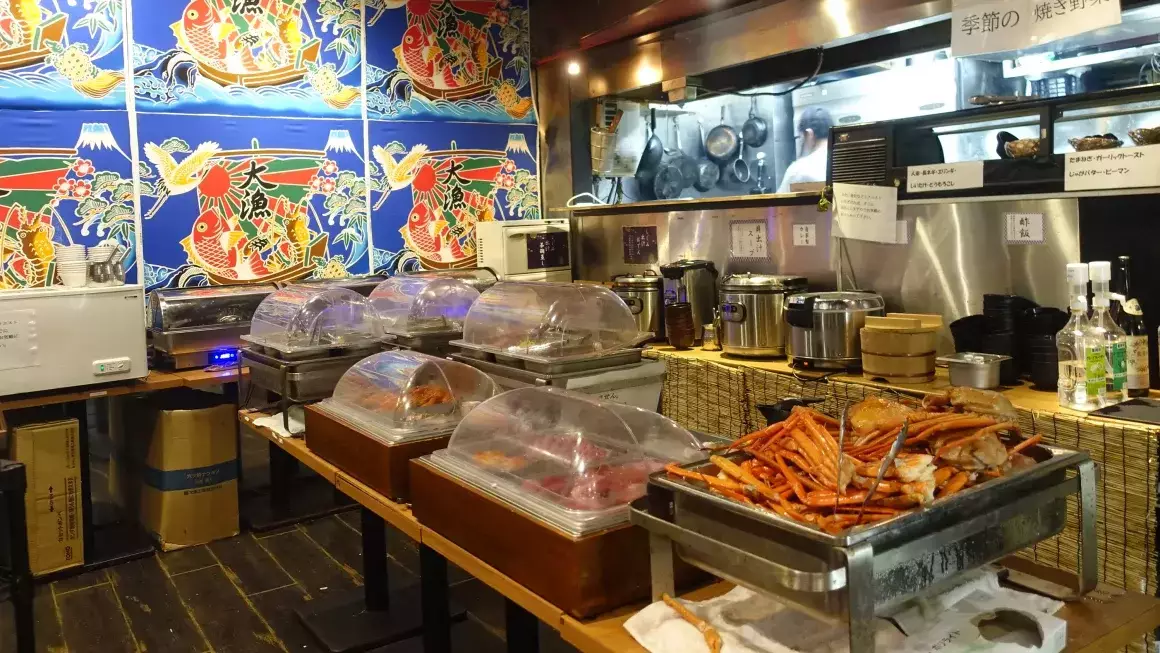Traveling to Japan has always been a rich cultural experience, providing visitors with an immersive look into the unique traditions, culinary delights, and vibrant urban life. Recently, however, the surge in tourist numbers has prompted a significant shift in how businesses, particularly in the hospitality sector, view pricing strategies. While Japan has generally welcomed tourists without imposing significant surcharges, a combination of post-pandemic travel exuberance and an unfavorable exchange rate for the yen has led some establishments to explore differential pricing models. While this approach has sparked debate, it raises pertinent questions about the balance between serving tourists and catering to local patrons.
Shogo Yonemitsu, owner of a seafood grill in Shibuya, provides insight into this evolving business strategy, citing operational challenges that have arisen with the influx of tourists. Instead of imposing an outright surcharge on foreign visitors, he has opted to incentivize local customers with a discount, effectively creating a two-tier pricing model. According to Yonemitsu, this system is not only financially motivated but also aimed at preserving the experience for locals who may feel overshadowed by international guests. He emphasizes the stress it brings to his operations, highlighting a need for better communication and support systems to accommodate non-Japanese speakers.
The financial strain on restaurants and other businesses has intensified in the wake of the pandemic, leading to a reevaluation of how services are offered. With the aim of striking a balance between profitability and customer satisfaction, some Japanese business owners are navigating the difficult waters of managing both local expectations and the demands of transient tourists. It is also noteworthy that this pricing model is not unique to Japan; in many tourist-heavy destinations worldwide, similar practices have become commonplace as a mechanism to mitigate the effects of overtourism.
Japan’s reopening to tourists has brought with it an unprecedented wave of visitors, with statistics indicating a significant rise in arrivals, particularly in 2024. The Tangible pressures of overtourism are becoming increasingly recognizable. Beyond economics, the saturation of popular tourist spots leads to environmental and cultural degradation. Hence, it’s understandable that certain municipalities have begun implementing caps on visitor numbers or even resorting to creative solutions, such as the installation of barriers to obscure scenic views from tourists. These initiatives reflect a collective effort to preserve the ecological and cultural integrity of local areas, a necessity that some communities feel is threatened by overwhelming tourist numbers.
This sentiment is echoed in various regions, from Hokkaido, where authorities are advocating for lower prices for locals, to a mayor who has proposed drastically higher entry fees for tourists at renowned heritage sites like Himeji Castle. Such measures are indicative of a growing recognition that in the landscape of tourism, local populations must not only be considered but prioritized to maintain the unique aspects that attract visitors in the first place.
Global Perspectives on Pricing Models
Differential pricing can stir sentiments of unfairness; however, various countries have adopted this methodology to address similar challenges posed by mass tourism. Cities like Venice have introduced fees to manage visitor flows, ensuring that residents are not burdened by the influx. The nuanced financial burdens faced by businesses in tourist zones often compel them to innovate—not just in terms of menu offerings but also in pricing structures. Japanese eateries are exploring ways to appeal to tourists while still valuing loyalty of locals, exemplified by establishments marketing upscale or exclusive dishes that target tourists willing to spend more.
The conversation surrounding this topic is multifaceted, extending beyond simple pricing adjustments. While some tourists may perceive these changes as punitive or exclusionary, others recognize the importance of supporting local economies through sustainable practices. As shared by Australian tourist Phoebe Lee, many international visitors are willing to accept higher prices if it helps preserve the cultural fabric and heritage of Japan.
Conclusion: Toward a Sustainable Future
Japan stands at a critical juncture in its approach to tourism and hospitality. As the country redefines its relationship with both local residents and international travelers, an open dialogue about differential pricing and its implications may become increasingly vital. The objective should encompass not only the economic sustainability of businesses but also the preservation of the cultural and historical essence that makes Japan a cherished destination. By considering the perspectives of both tourists and locals, Japan can pave the way for a more balanced tourism industry that thrives on mutual respect and sustainability. Through this collaboration, everyone—local communities and visitors alike—will ultimately benefit from a richer and more authentic experience in the Land of the Rising Sun.

